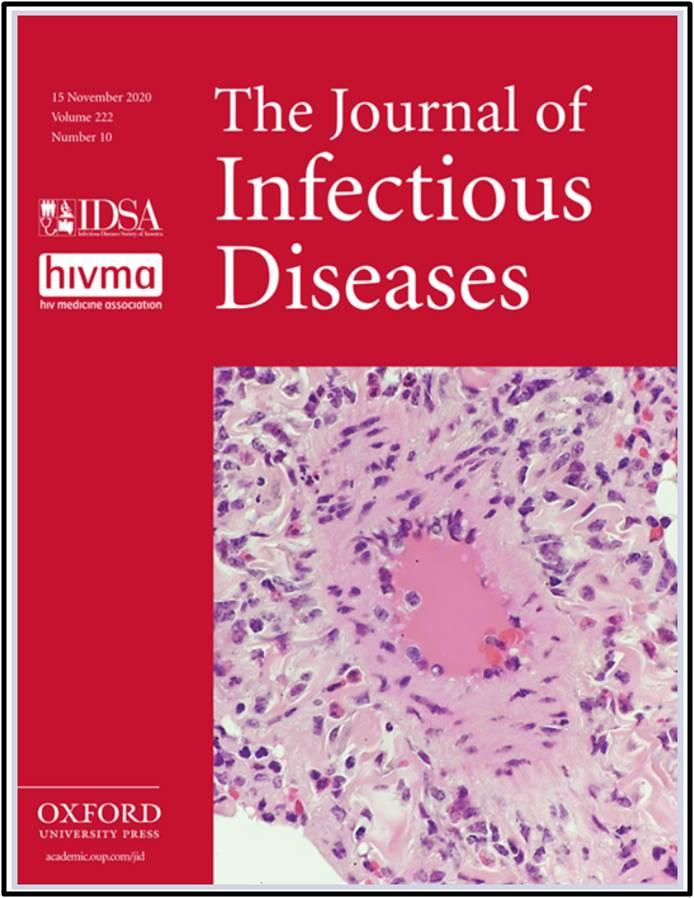
Photo: Macaques were exposed to a high titre of SARS-CoV-2 via combined transmission routes. In their pulmonary lesions, acute interstitial pneumonia with endotheliitis (mononuclear and PMN leukocytes infiltrates within the intima…
view more
Credit Image: Korea Research Institute of Bioscience and Biotechnology (KRIBB)
Features of the SARS-CoV-2 virus causing COVID-19, which could be useful for developing vaccines and treatment strategies, were identified using a nonhuman primate model developed at the Korea Research Institute of Bioscience and Biotechnology (KRIBB).
The work was initiated in February this year by the research team led by Dr. Jung Joo Hong at the KRIBB National Primate Research Center, and resulted in successful development of a nonhuman primate model of COVID-19 infection, the fourth model reported worldwide, following China, the Netherlands, and the US. The results of the study were part of a larger research project aiming to identify key features of severe acute respiratory syndrome coronavirus-2(SARS-CoV-2), the virus causing COVID-19, and to test for the efficacies of COVID-19 vaccines and treatments using the primate model.
In the primate study, vascular abnormalities due to the infection, reasons underlying fatality of COVID-19 infection, particularly in immunocompromised patients, sites of SARS-CoV-2 multiplication inside human body, and the time-course and were investigated.
The research team showed, for the first time, that SARS-CoV-2 caused vascular inflammation and that the endotheliitis persisted even 3 days after the infection. Further, they confirmed immunosuppression, which is typically observed in patients with immunodeficiency, when the viral load increased precipitously during COVID-19 infection(first 2 days after getting infected).
This study was featured on the cover of the Journal of Infectious Diseases, a world-class academic journal in the field of infectious diseases. The issue’s online edition became available on August 3, 2020 and the article will be printed the November 15 issue.
The research team observed that the virus multiplied rapidly in the upper and lower respiratory tracts of the experimental primates in first 2 days after the viral infection. Subsequently, the viral load decreased quickly, and the viral activity was not detected 7 days after the infection.
These findings are expected to provide novel insights regarding the diagnostic challenges associated with a false positive test, i.e., a positive result of the reverse transcriptase polymerase chain reaction(RT-PCR) test for an asymptomatic.
###
Korea Research Institute of Bioscience and Biotechnology (KRIBB), established in 1985, is a sole government research institution specializing in life science. KRIBB is dedicated to biotechnology research across a broad span of expertise, from basic studies for the fundamental understanding of life phenomena to applied studies as well as new growth power to the national bioeconomy.
TDnews (tunisiesoir.com)














